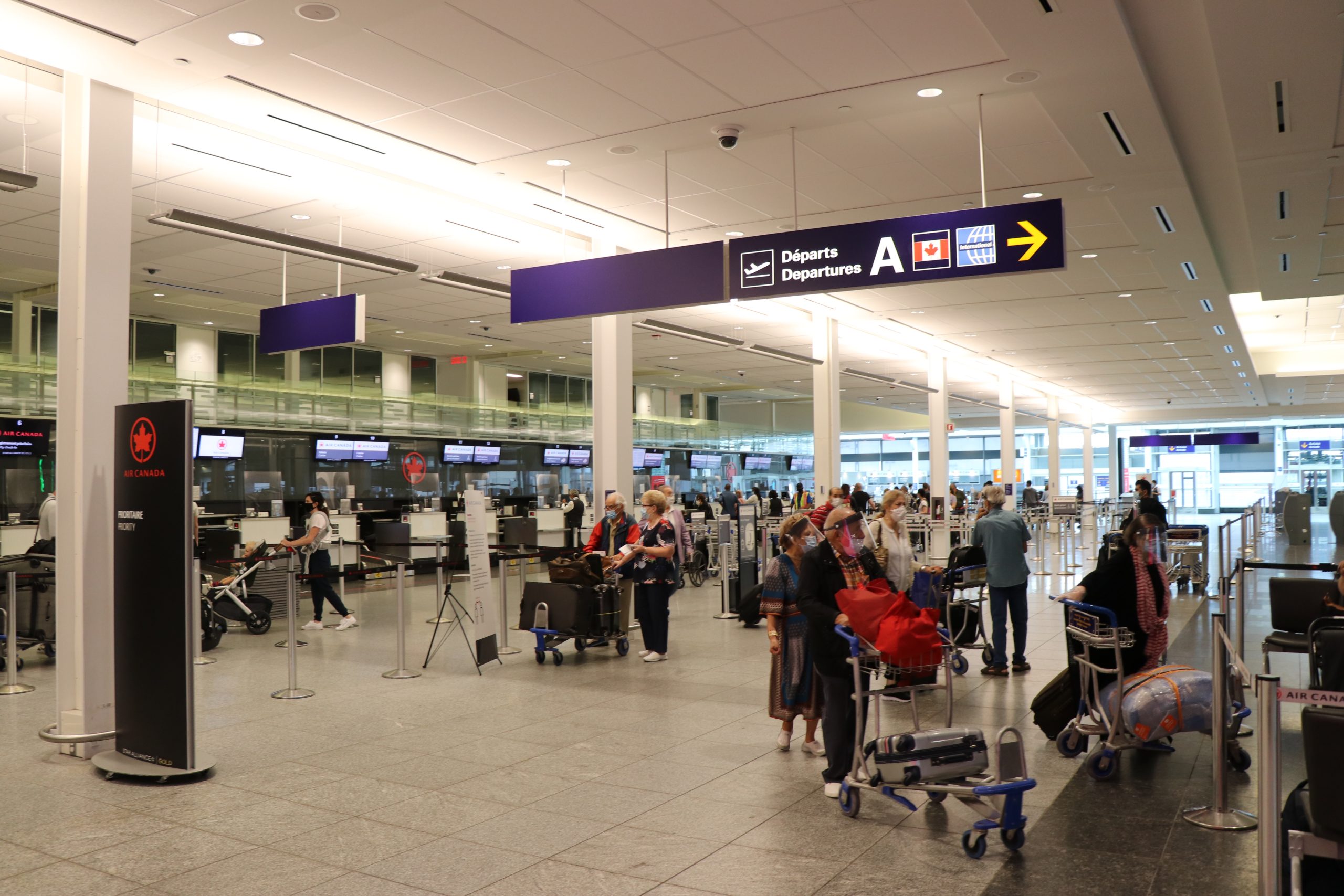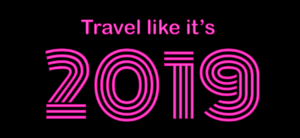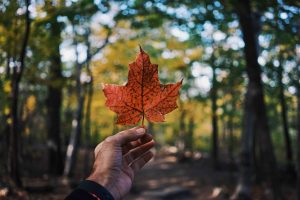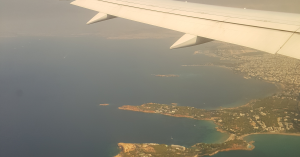Whether it is to travel internationally or to go somewhere in Canada (currently a lot simpler obviously), you might be wondering what the airport experience is like in Canadian airports in the new reality of travel during the coronavirus pandemic.
I already shared our experience onboard the actual plane when we flew from Canada to Europe, as part of our special feature with coverage of every aspect of what it’s like to travel now, live from our current trip to Greece and Turkey.
Let’s now look at the other part of flying, which is the airport experience specifically… and the only 5 things that have really changed.
5 things that have changed about airports
Just as I said about the plane experience, I was pleasantly surprised: the reality is that the airport experience also hasn’t changed that dramatically. Nothing unpleasant enough to make a traveler want to avoid travel, at least.
I am not saying those who love to travel should necessarily travel (no—you should always carefully consider every factor if you want to travel safely and responsibly), but I’m saying the airport experience itself definitely shouldn’t be a reason not to travel (there are already plenty of those for many people).
So here are the 5 main things that have changed:
- you need to wear a mask
- you need to practice physical distancing
- you need to scan your own boarding pass
- it’s emptier, but…
- there are temperature checks at some airports***
That’s pretty much it.
Oh, and for us, the very terrible thing was that airport lounges in both Montreal and Quebec City were closed, which is really unpleasant. But since most Canadian travelers don’t know that you can get free airport lounge access with the right credit cards (if you earn $60k OR if you travel a lot), this is not an issue for the majority of people… and it’s very much a first-world problem to have, of course.
Still, it reminded us of how travel was before 3 years ago, when we didn’t have lounge access. And we certainly didn’t like it. That said, many airports do have lounges that have reopened (in fact, Athens has one, so that’ll be in the next post about airports) and some in Canada are reopening too, so it will get back to normal soon hopefully (like many other things).
Before I get into each of those 5 points, I’ll just add that the same disclaimer about the flights applies: my experience was somewhat limited, since I have flown less often since the beginning of the pandemic than I had in March alone (and I returned home in mid-March because of the pandemic).
As I write this, I have only flown on 3 separate occasions from only 2 different airports:
- From Quebec City (YQB) to fly to the new Aeroplan program session
- From Montreal (YUL) to fly back home
- From Quebec City and Montreal to fly to Greece
There’s also our arrival in Athens (ATH) but I’ll do that separately: it took about 5 minutes from the moment we stepped off the plane to the moment we were outside, so it’s more of a border entry experience than an airport experience.
So here are our impressions as of now, but we planned 10 total flights on this trip to have more airport experiences to share.
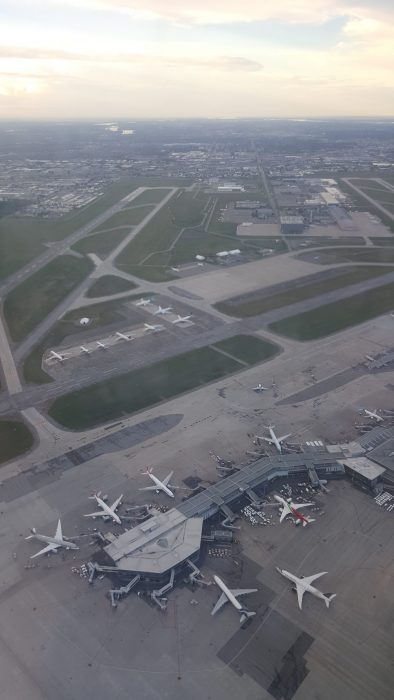
1. You need to wear a mask
Yes, masks are mandatory everywhere inside (as is the case everywhere in many places now). For me, that is a very reasonable condition to finally be able to travel again. I actually won’t repeat everything I said about masks in the flight review post, you can read that if you haven’t already.
All I’ll add is that in all of my airport experiences, I simply did not see a single person not wearing it. It’s mandatory so the contrary would have surprised me, just because I think in Canada the personnel is enforcing these rules very strictly.
Oh, and only passengers are allowed to enter many airports. So friends and family can’t accompany you. Saying goodbye outside instead of inside shortens your time together by about 10 seconds, so it really shouldn’t be that big of an inconvenience.
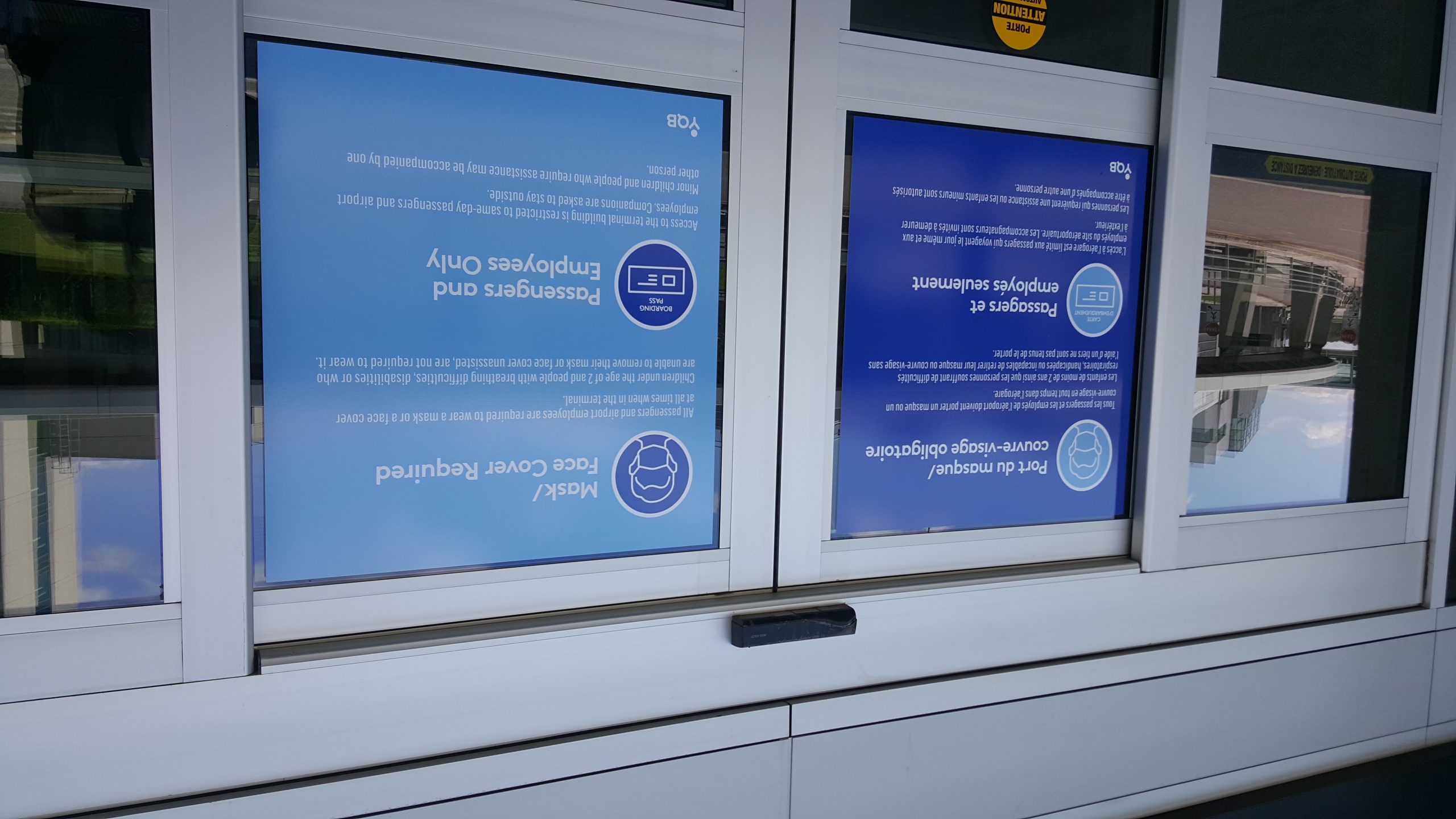
2. You need to preactice physcial distancing
Airports have taken many measures to make the whole process safe (as a matter of fact, the federal government just announced that the measures already in place satisfy their expectations, we’ll talk more about that soon).
They’ve installed many stations with hand sanitizer and whatever those things to put on your fingers are. As you can see behind the sign on the right (the stickers on the ground), there are also many reminders to keep a distance of 2 meters, which almost everyone seemed to adhere to, honestly.
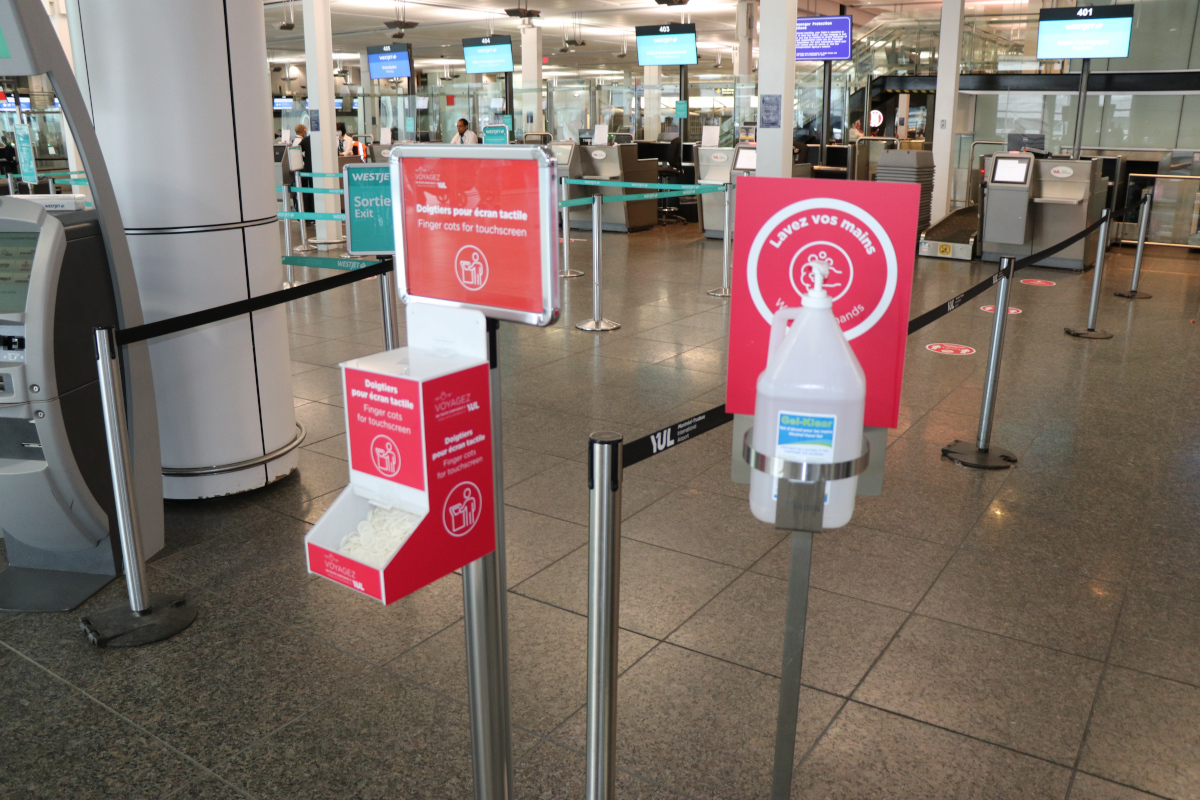
There was a line-up to enter the terminal building in Montreal, which took about 5 minutes, and even there everyone was keeping their distances.
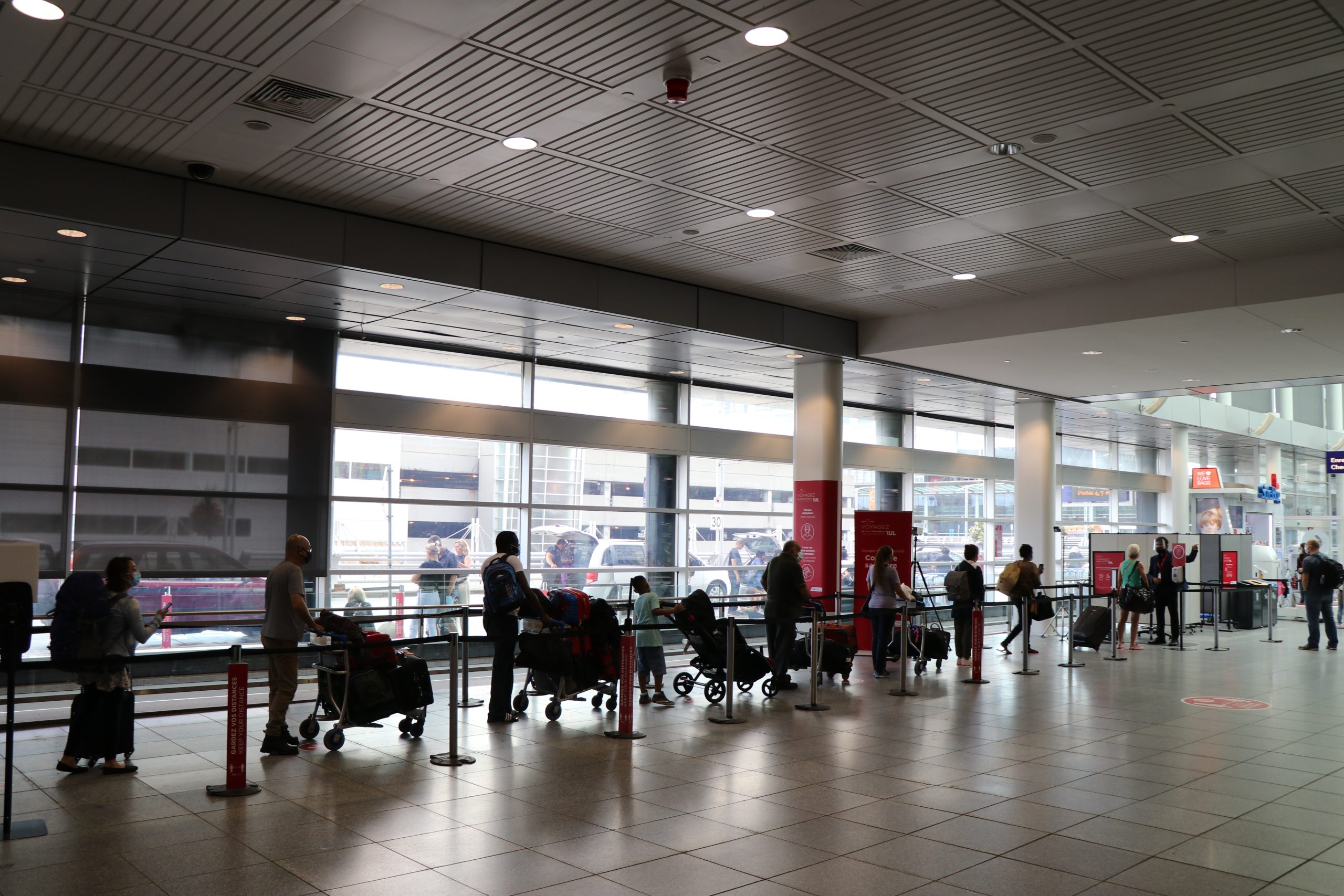
Airside, some reminders were even directly on the seats, and despite the fact that in some instances there were a lot of people at the airport, I didn’t notice anyone not following the seating rules.
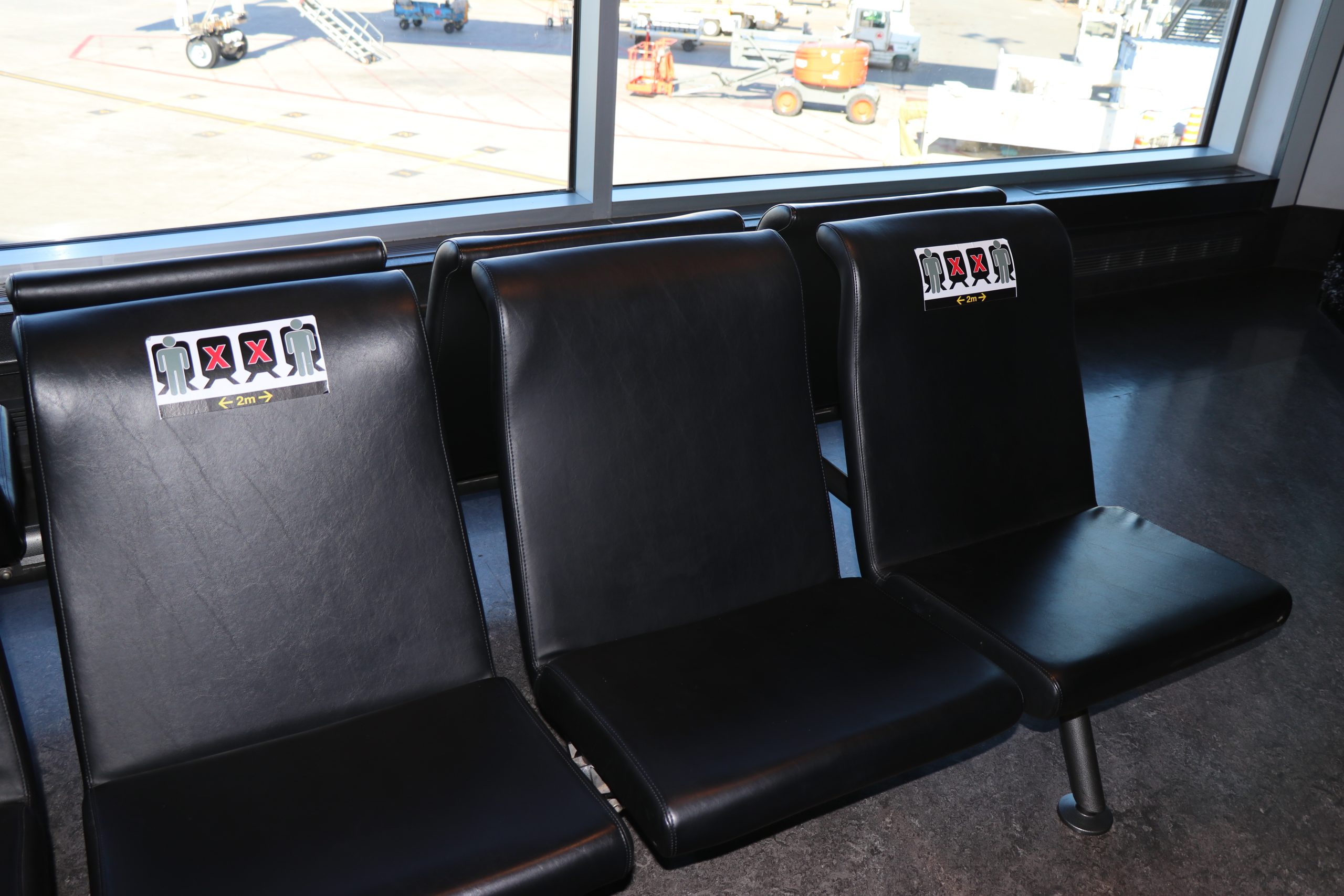
I did my check-ins online of course, which is something I have been doing since I started flying alone 14 or so years ago because, to me, it just makes no sense to add time waiting in line. Didn’t make sense before the pandemic and certainly doesn’t now either.
Hopefully, this pandemic will make more people switch to this non-archaic method, to avoid contact points and make it easier to keep a distance.
By the way, some seem to think that online check-in is only for those like me who have never checked a bag, but it really isn’t and you can still save some precious time this way even for those who insist on overpacking. Airlines are encouraging travelers to do everything online and have put special processes in place to limit contacts even only for bag drops, which is supposed to be touchless now for many airlines.
I can’t tell you about that experience since I just went directly to the security checkpoint as usual.
That was another negative impact of the pandemic: my beloved NEXUS / trusted travelers priority lane was closed, meaning I could not speed past everyone else like I normally do.
But as you can see from the sign in the back, the wait at the security checkpoint was minimal (< 5 minutes), and again distancing was maintained all along the entire process.
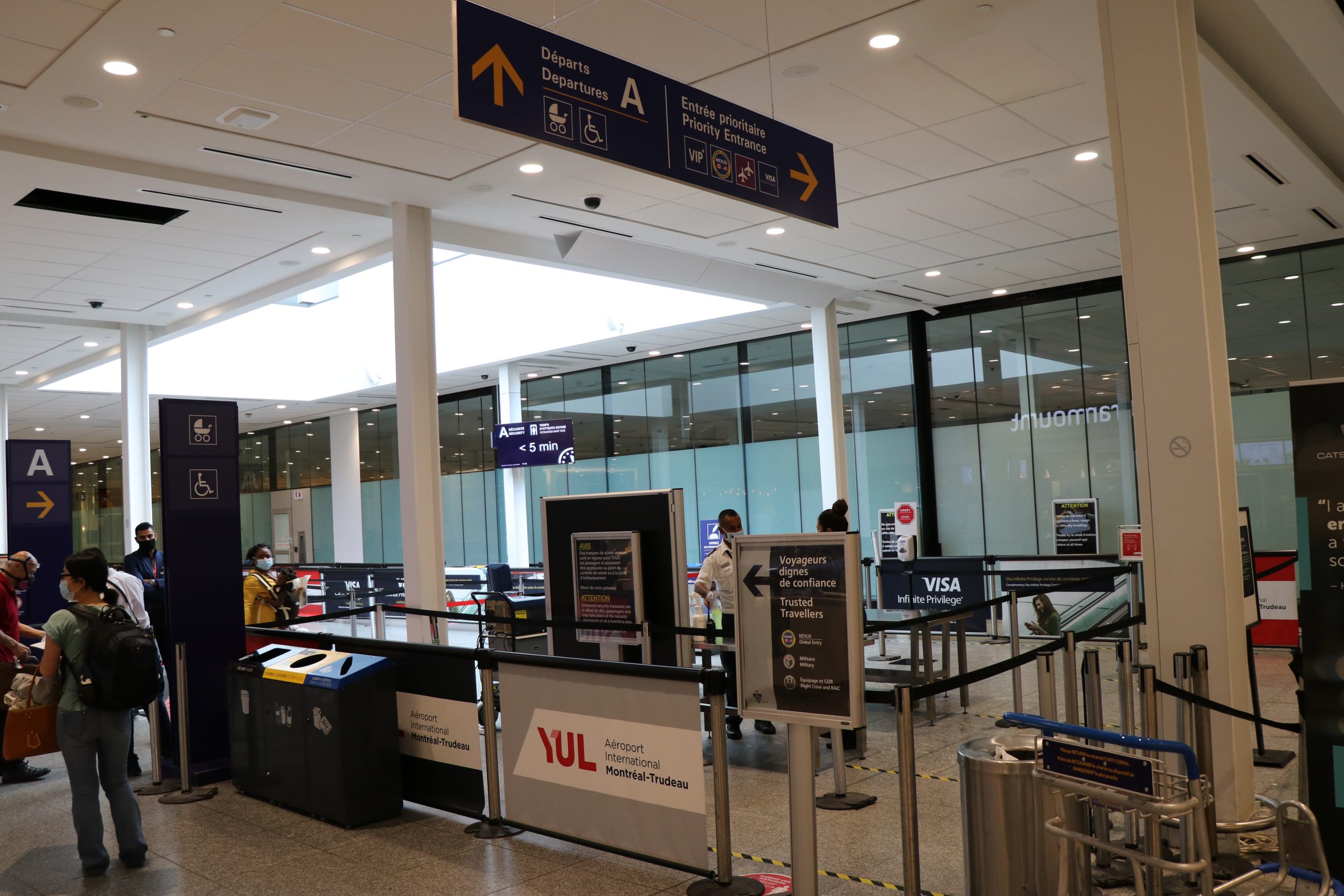
There was absolutely nothing special at all about going through the security checkpoint and in those 3 experiences, it certainly wasn’t longer than it was before.
Business as usual in both Quebec City and Montreal… except that we had to scan our own boarding pass for the CATSA agent.
3. You need to scan your boarding pass
There was one difference in the boarding process compared to before, but it’s very minor.
It’s that I had to scan my own boarding pass (I had to place my cellphone under the scanner myself) and I had to remove my mask briefly to show my face to the Air Canada agent so she could compare it with my passport photo/NEXUS card.
There was obviously a bit less pushing and shoving at the gate than usual and everyone seemed to be keeping their distances while we still could.
In Air Canada’s case, the boarding process has not changed: it still works by zone, like before. But some airlines have exceptionally modified their process, for example by boarding by row from the back to the front (which is the least efficient method according to many studies, another of the many counter-intuitive things, but minimizes interactions).
There could be other specific methods to try and reduce contacts, so just be aware of what the agent says.
4. It’s emptier, but…
Of course, overall airports were emptier. But I was somewhat surprised that the one time I departed from Montreal, there were actually quite a lot of people, at least a lot more than I expected honestly.
But let’s start with the first time I went into an airport after 133 days.
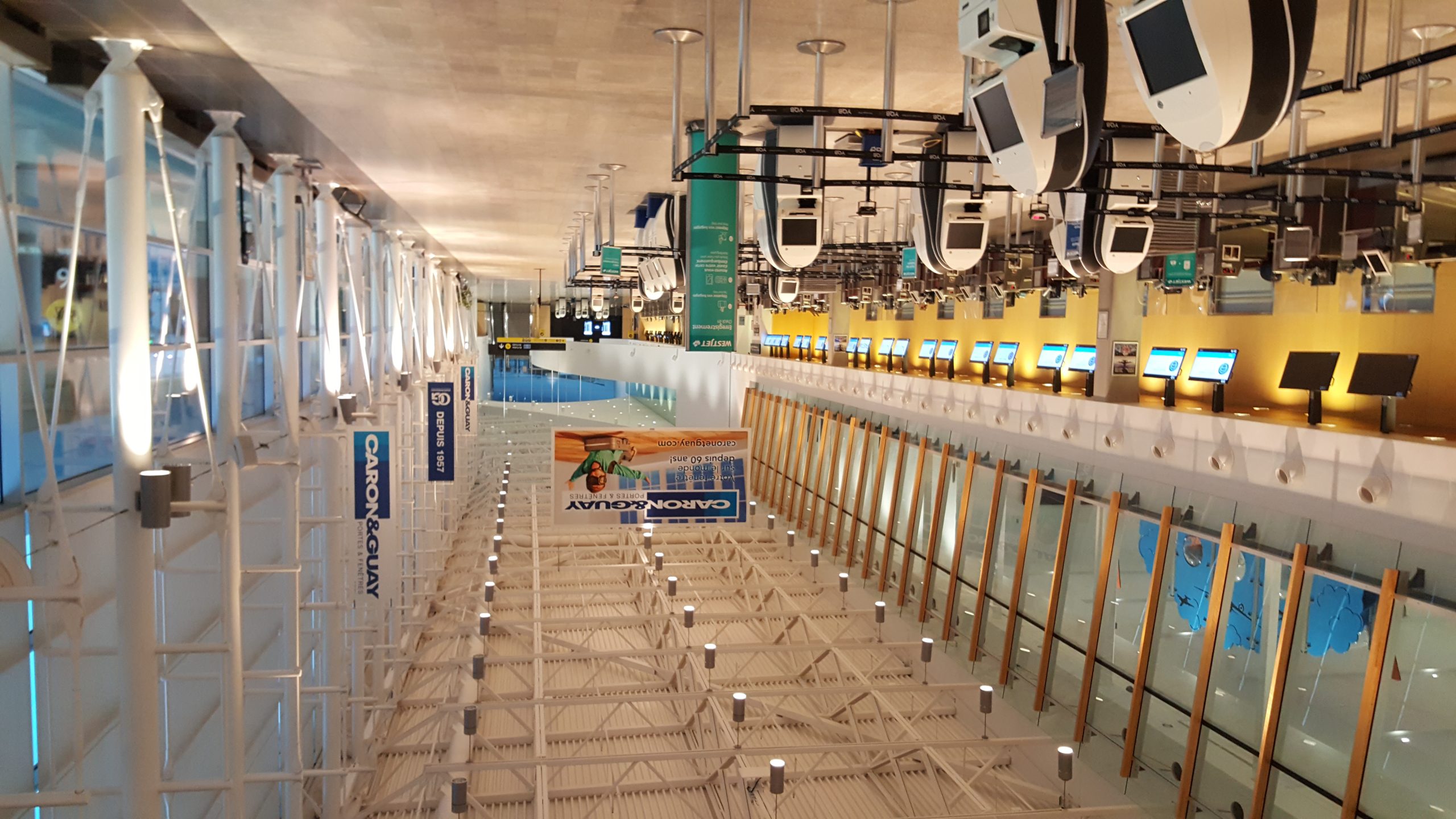
When I got to Quebec City Airport in the mid-afternoon, it was like a ghost town. There was nobody (same thing for when I returned the next evening).
But then again, the thing is… that airport has often been mostly empty almost every single time I fly to/from there, which was just 8 times last year despite my 72 flights (I normally take the bus or train to Montreal since it’s normally sooooo much cheaper to fly from there).
Obviously, it was even emptier than usual, so much so that the regular security screening area was completely closed off and moved to a tiny room.
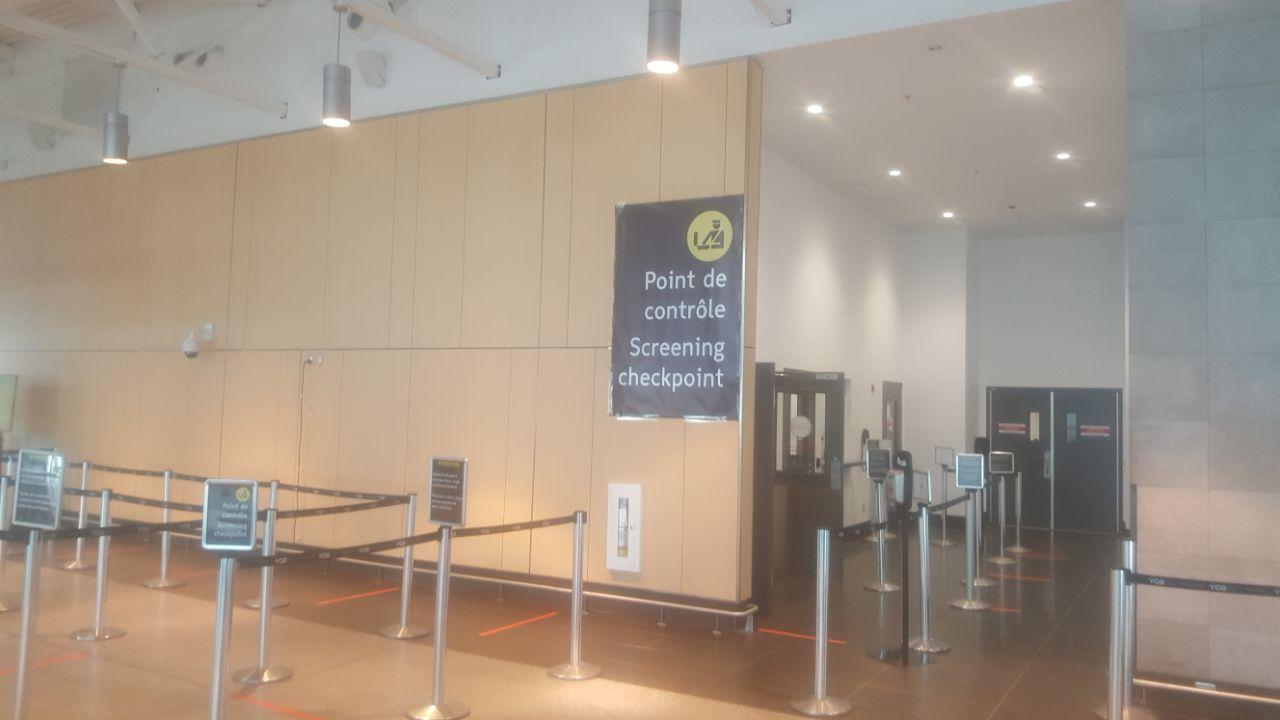
I was the only one there when I arrived. But again, that has also happened to me at YQB even before the pandemic. It really is a very big airport facility with not that many passengers.
Airside (post-security), things were also very quiet.
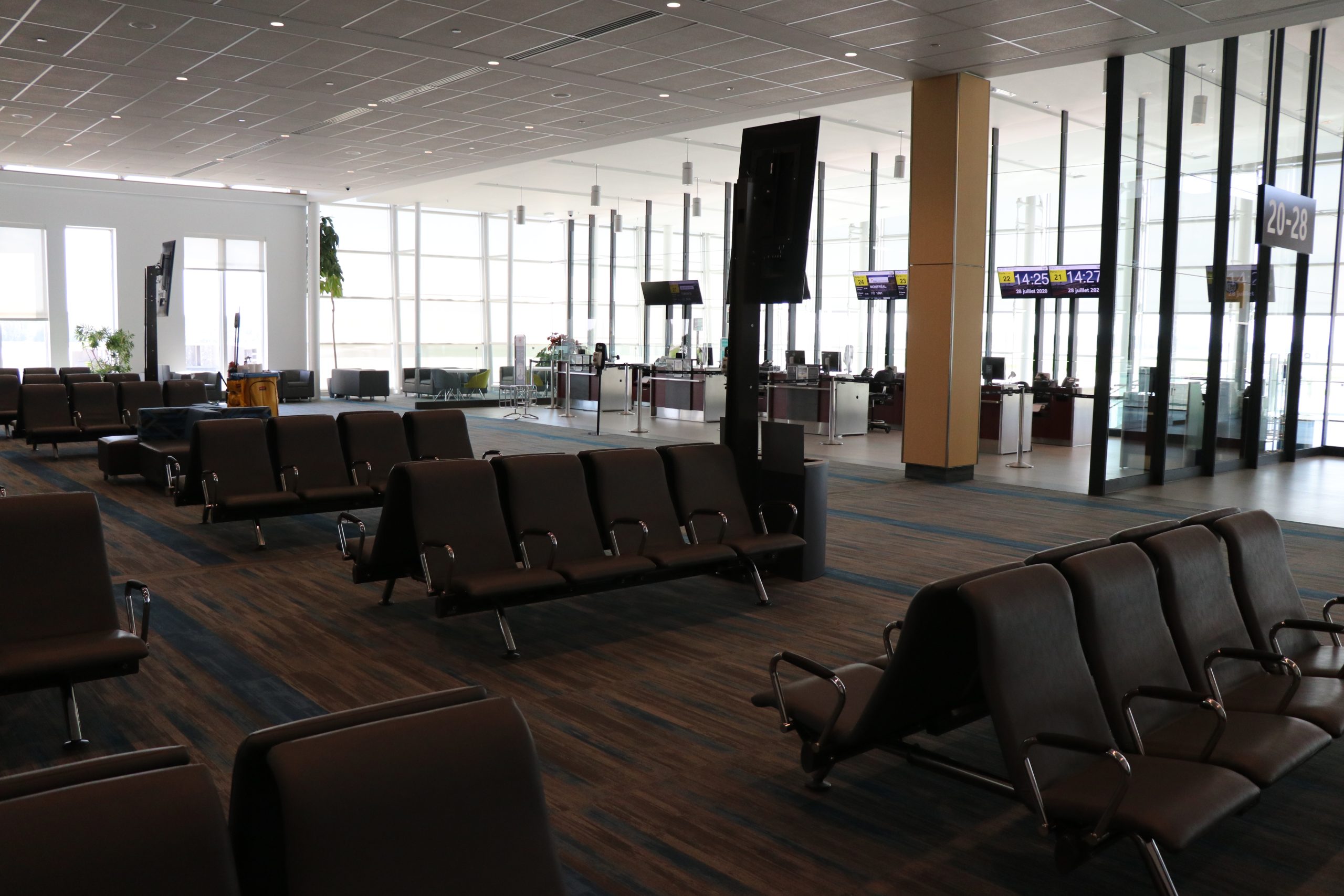
Most of the terminal was actually cordoned off, with everyone being confined to the southernmost portion, in a relatively small area. But while there were a few people as my departure approached, it was still eerily quiet. Absolutely no issue with physical distancing.
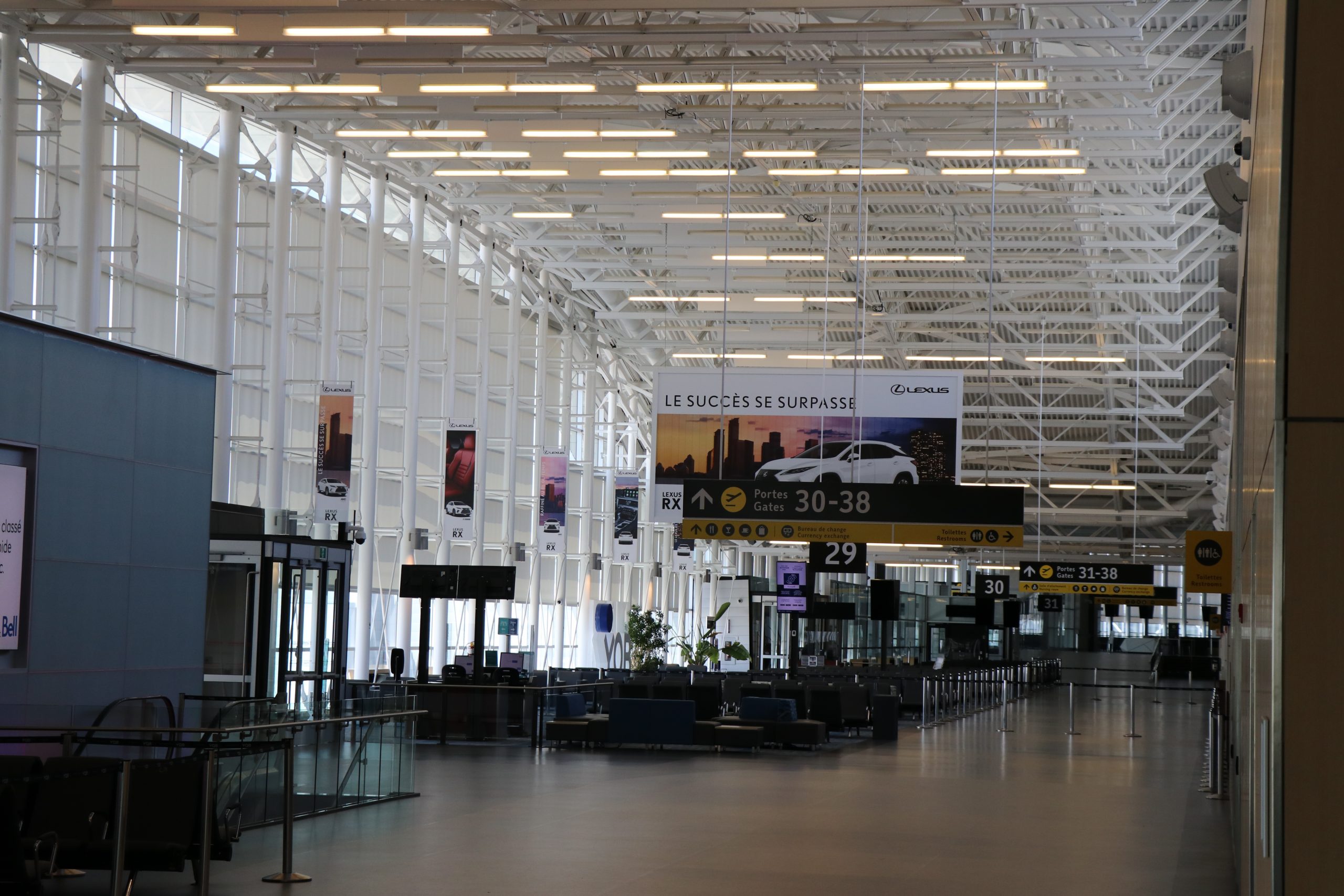
There were a little bit more people when we started our journey to Greece last week at least.
So Quebec City being quiet wasn’t really surprising, but arriving in Montreal to an empty airport is a lot more unusual.
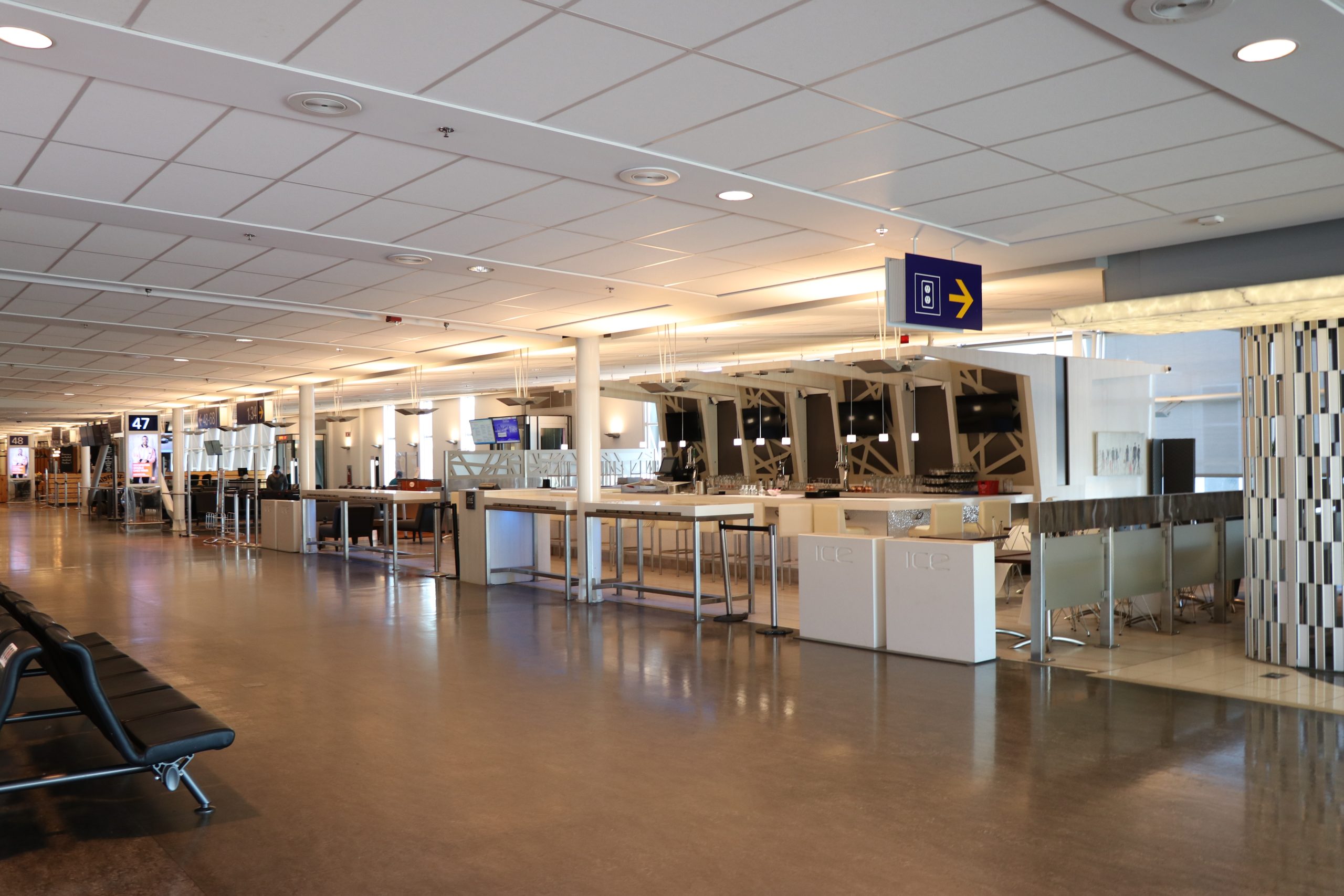
Because Montreal on the other hand is a major hub and a bustling airport, and when I landed in the late afternoon, even the domestic part of the terminal was very very quiet. Needless to say, that was a lot more of a shock than the same quietness in Quebec City.
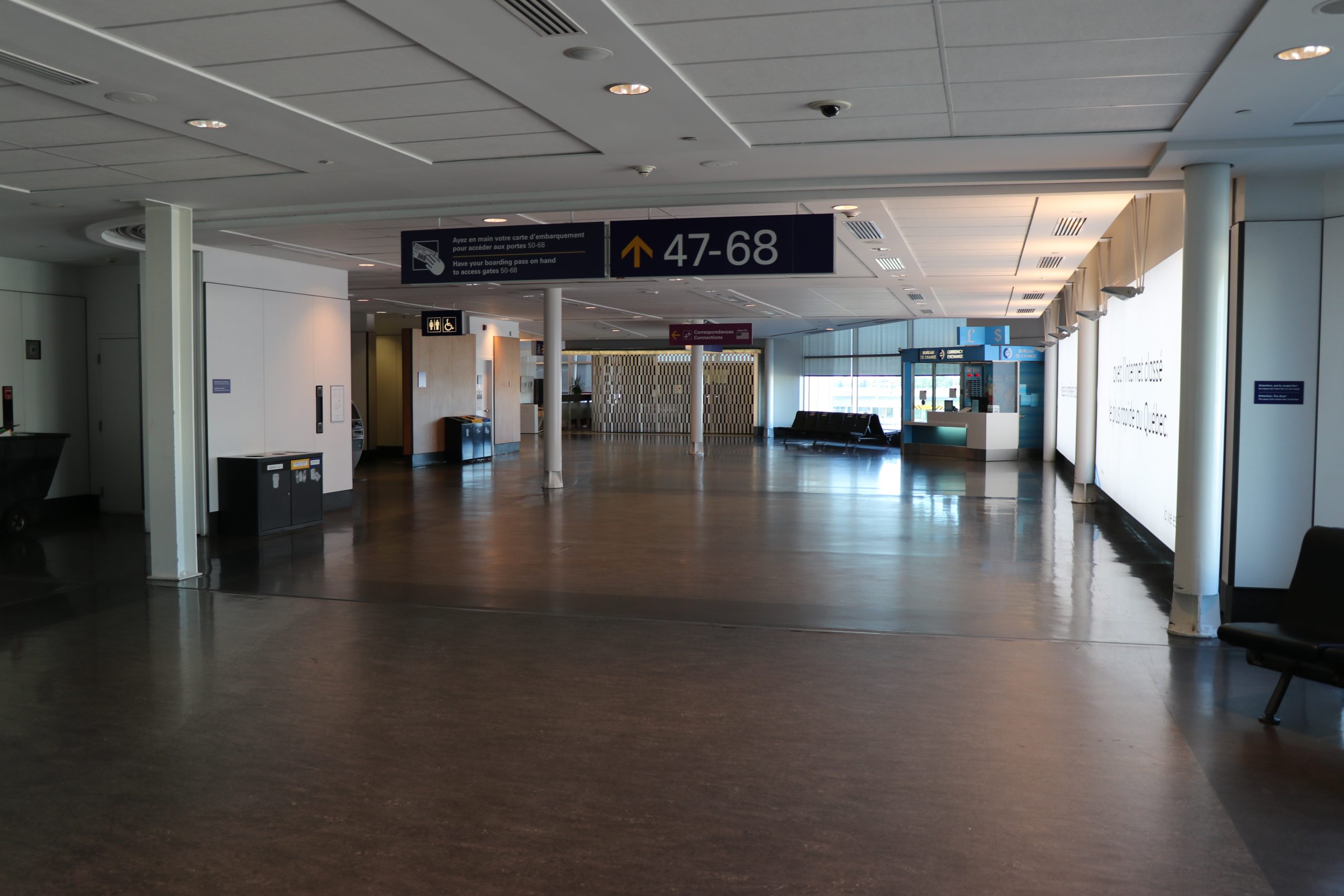
Some restaurants were open (which wasn’t the case in Quebec City the first time, but one has opened since) but most were closed.
Although I suspect some have just shortened their operating hours, because many more were open when we transited on the way to Greece a week later (the Duty-Free store was open as well).
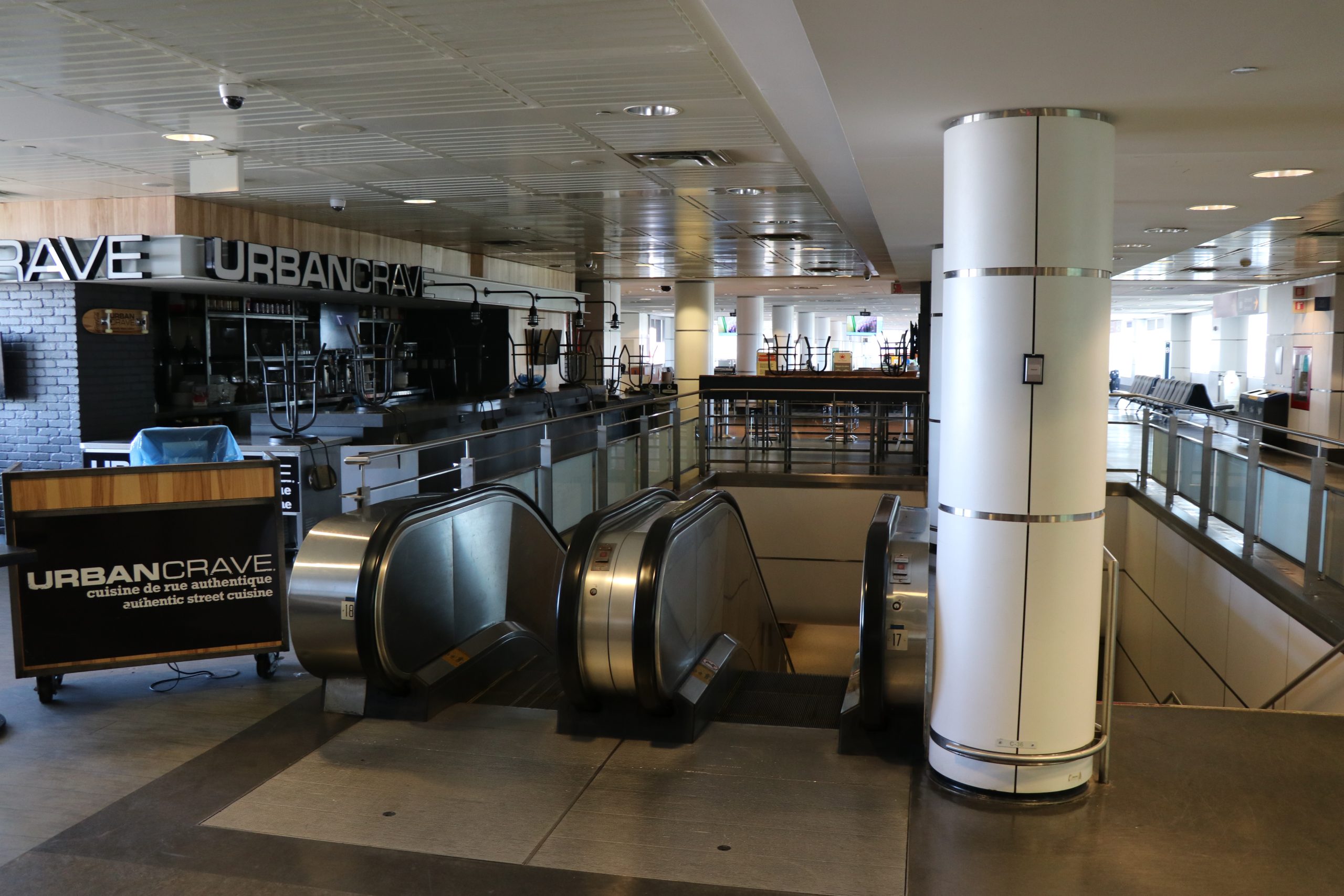
Instead of 6 full screens of flight information, there was barely enough to spill over onto the second screen. Quite a sad sight.

That said, my arrival at YUL might have been an outlier.
Because the very next day, when flying back home, I was expecting the same thing… but Montreal’s airport was actually very busy. Not busy like it used to be, but definitely not empty.
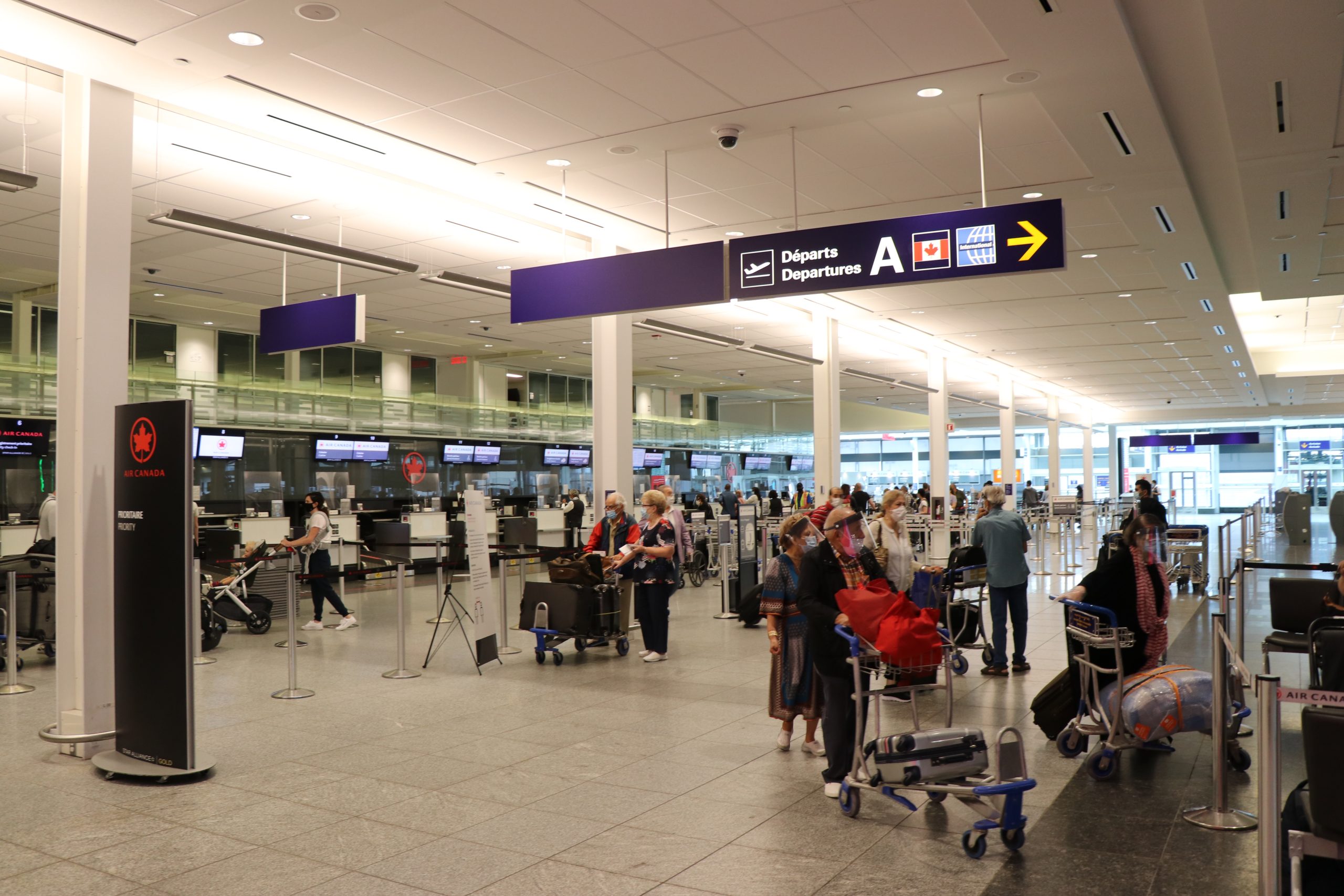
Landside (pre-security), it almost gave the impression that things were somewhat normal.
Everyone seemed to be keeping the 2-meter distance, so that certainly has the effect of spreading everyone out and maybe looking a lot busier than it really is, but it was certainly very encouraging to see that travel was not at a complete standstill.
5. Temperature checks (or not)
So with this pandemic, we know a lot of you are sometimes confused by many different rules or concepts and honestly, it’s very understandable as it truly is complicated in many instances.
For example, many people think:
- that leaving Canada was restricted (it never was)
- that re-entering Canada was restricted (it never was for Canadians)
- that international flights to Canada were banned or had stopped (never happened)
- that flying to the US wasn’t allowed (only the land border is closed)
- that air quality on planes is bad (it’s not “recirculated” and is better than every building on the ground)
That’s one of the reasons we’re on this trip, to know what it’s like to travel and be experts about this new reality of travel, just like we consider ourselves to be about most aspects of travel.
All this to say, temperature checks are a great example: even me, who follows the situation daily and thoroughly, was under the impression that temperature checks had been mandatory in Canadian airports for a while.
Because it really isn’t that complicated to buy a temperature reader…
(Okay up until recently, despite being a travel website, Flytrippers was recommending not to travel at all and I didn’t even consider traveling myself for a terribly long period… so I really didn’t look into temperature check rules at all.)
Anyway, when I flew for the first time in late July, I was expecting a temperature check in Quebec City. But there was no such thing.
I figured maybe it only applied to large airports. But the next day when departing from Montreal, the employee at the entrance did do some random temperature checks, but again mine was not taken.
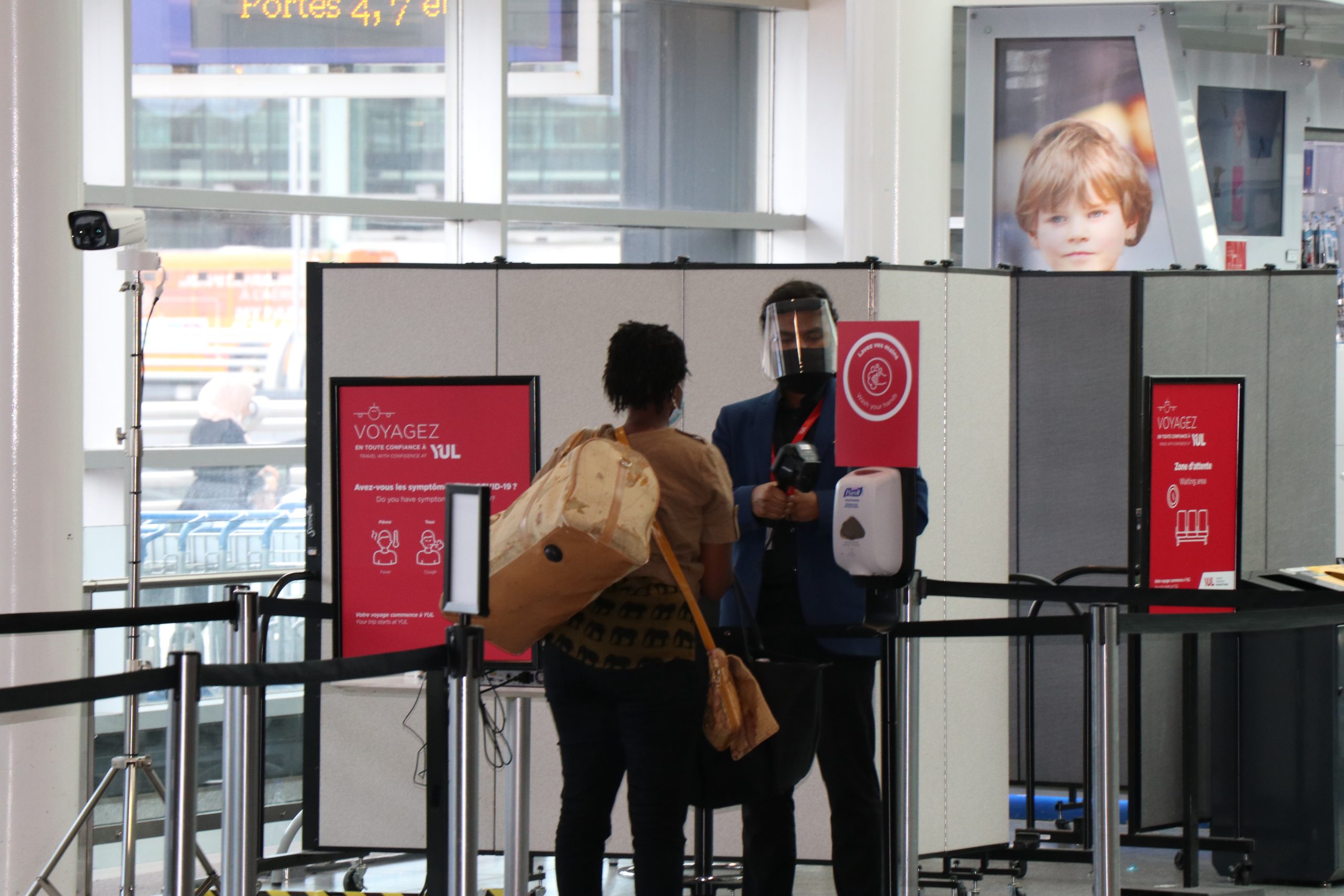
Turns out, when I Googled it once I got back home, the new temperature check rule only went into effect on July 30th (I flew on the 28th and 29th).
So last week, when we flew to Greece, we figured this time there would be temperature checks.
Again, there were none.
So we checked again, and it turns out the rule only applies to the 4 largest Canadian airports (Montreal, Toronto, Vancouver, and Calgary). That definitely explains why there was none in Quebec City.
I would’ve thought since we transited in Montreal we would have been subject to the rule there, but it is apparently done at the security checkpoint. So therefore it only applies to passengers originating there and excludes transit passengers coming from all other Canadian airports.
However, international travelers like Europeans or Americans, who are allowed to transit through Canada right now, are supposed to have been screened at their departure airport (it applies to all international flights headed to Canada).
If temperature checks reassure you (it’s far from conclusive that it’s even useful), the Canadian rule will expand to more airports in September. Flytrippers’ other co-founder Kevin had mandatory airport temperature checks in Thailand in early March before this pandemic was even declared a pandemic…
In Canada, it will have taken only 6 months after the pandemic started to get something as simple as a temperature check (whether it is useful or not). That is peak efficiency, right?
Want to follow along as we travel to Greece and Turkey?
Summary
The airport experience was certainly a bit different, but this alone should definitely not be a reason not to travel… it’s really not the end of the world.
What would you like to know about traveling during the pandemic? Tell us in the comments below.
Explore awesome destinations: travel inspiration
Learn pro tricks: travel tips
Discover free travel: travel rewards
Featured image: YUL check-in area (photo credit: Andrew, Flytrippers co-founder)
Advertiser Disclosure: In the interest of transparency, Flytrippers may receive a commission on links featured in this post, at no cost to you. Thank you for using our links to support us for free, we appreciate it! You allow us to keep finding the best travel deals for free and to keep offering interesting content for free. Since we care deeply about our mission to help travelers and our reputation and credibility prevail over everything, we will NEVER recommend a product or service that we do not believe in or that we do not use ourselves, and we will never give any third-party any control whatsoever on our content. For more information on our advertiser disclosure, click here.

